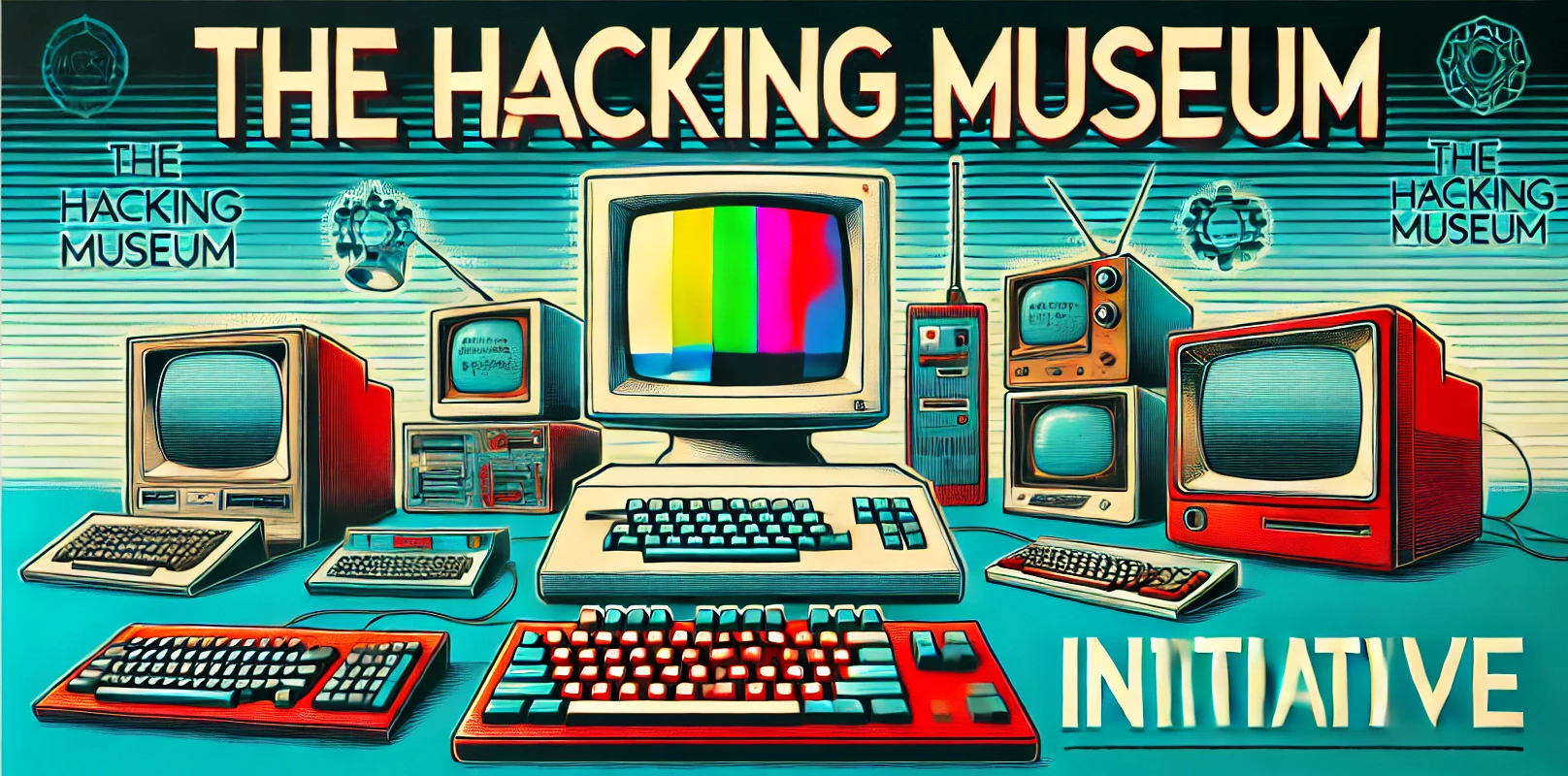Remember the unmistakable sound of a 56k modem dialing up? The high-pitched screeches and beeps that signaled you were about to surf the web… at a blistering 36kbps? Well, we sure do! And here at the Hacking Museum, we decided it was high time to bring that experience back – but with a twist.
We embarked on a wildly fun experiment: rebuilding the infrastructure of a 1980s Internet Service Provider (ISP), complete with Livingston RAS (Remote Access Server) gateways and VOIP systems. But here’s the kicker—we’re letting you connect to our retro network from the modern internet using your very own dial-up modems. So, dust off that old modem sitting in your attic, plug it in, and prepare to relive the glory days of the early internet era.
The Challenge: Back to the Future
To make this all happen, we needed to recreate an authentic ISP infrastructure. Back in the 80s and early 90s, RAS systems, especially those by Livingston, were the backbone of dial-up networks. These nifty little boxes allowed ISPs to manage multiple dial-in connections, enabling users to access the internet from home. But how do you bring a 1980s system to life in the 2020s?
Step 1: Scour the Internet for a Livingston RAS
After several late-night eBay hunts (and some questionable “new-old stock” purchases), we got our hands on a Livingston PortMaster 2e RAS! This was the heart of our experiment—our retro ISP’s access gateway.
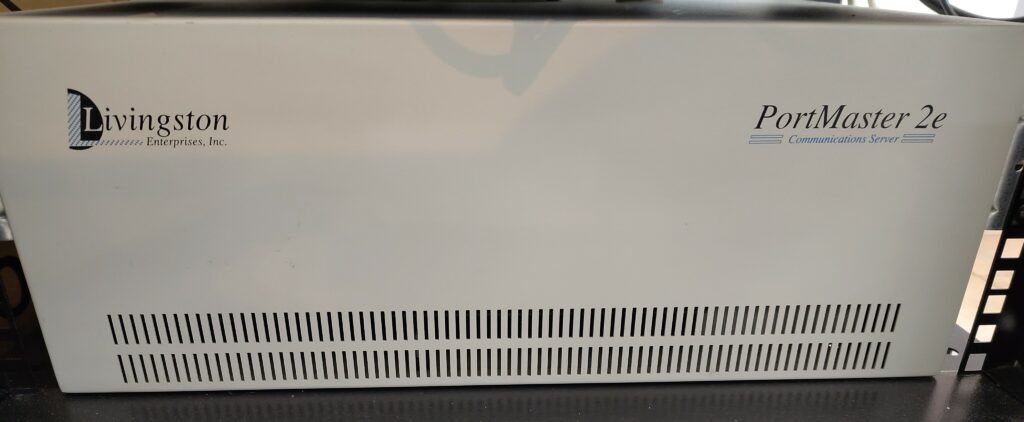

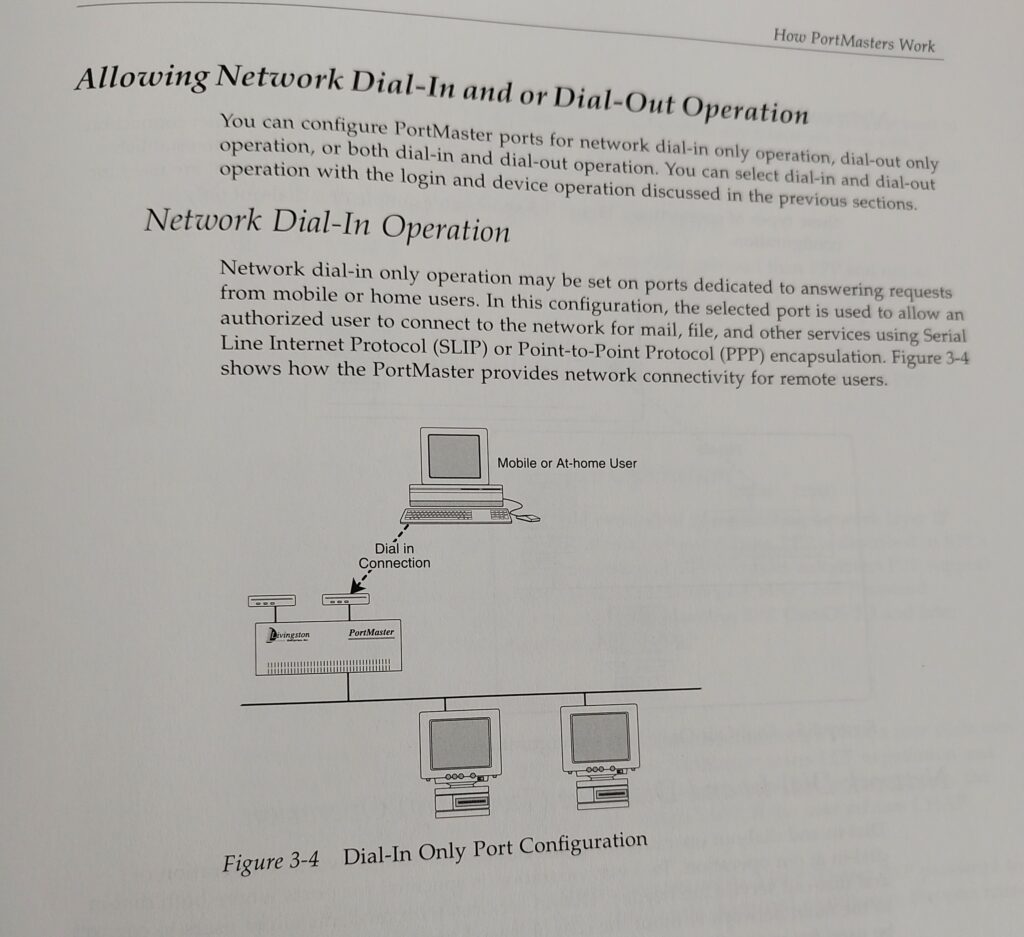
Step 2: VOIP Magic and the Modem Symphony
Of course, nobody has a landline anymore, so how were we going to get those classic 56k modem tones over modern internet connections? Enter VOIP gateways. We set up VOIP gateways to emulate analog lines, allowing modern modems to connect to our RAS infrastructure over the internet. That’s right—using a VOIP adapter, your modem can call into our system, screeching and pinging its way into our retro ISP, all while you sit comfortably on your fiber optic connection.
Step 3: Modem Music, on Demand
Let’s be honest—the best part of the 56k modem experience was the sound. There’s nothing quite like that crescendo of screeches, followed by the satisfying “bing” when the connection is finally made. So, in our recreated setup, we made sure that anyone dialing in can not only experience the authentic connection process but also hear that sweet 56k music anytime they want.
Step 4: Untangling the Web: A Retro ISP’s Guide to Datacenter Rack Cabling Without Losing Your Cool
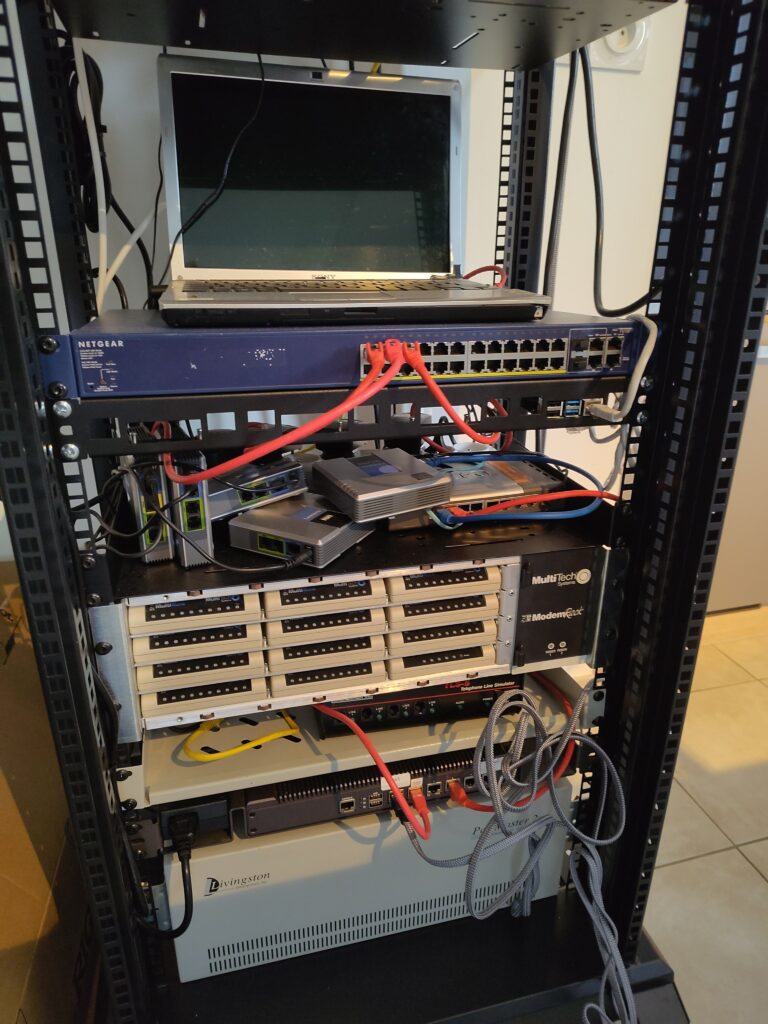
The Hacks of Yesteryear: Hacking RAS Gateways for Fun and… Well, Mostly Fun
Back in the day, RAS systems like our beloved Livingston weren’t just critical pieces of infrastructure—they were also prime targets for hackers. In the late 80s and early 90s, before the internet was widely commercialized, phreakers and hackers were busy exploiting dial-up networks for free internet access, or simply to explore the limits of the technology. RAS systems often had vulnerabilities like weak passwords (or worse, default passwords that never got changed) that could be easily exploited.
We have more than one modem… We have a complete Rack
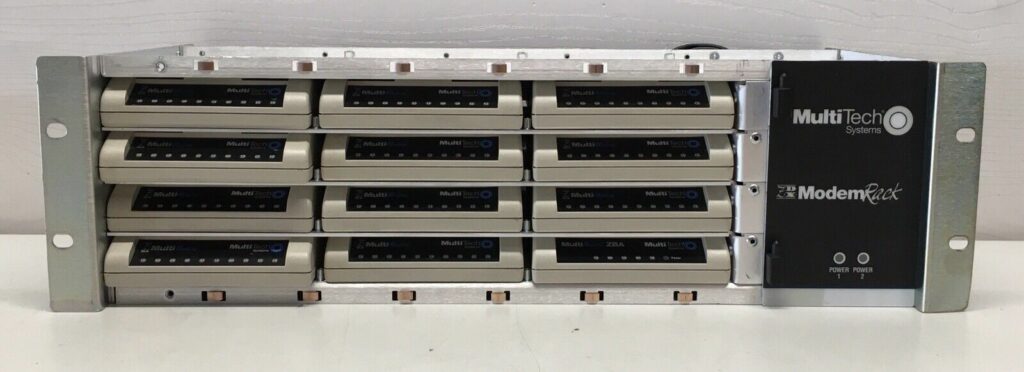
One infamous trick involved war dialing, where hackers would have their computers call every number in a sequence, looking for any modem responses. If they hit a dial-up connection, boom—they were in! From there, gaining access to internal systems was often just a matter of finding an unprotected RAS gateway. Hackers could then piggyback on the system to get free internet or explore the network undetected.
Of course, we don’t encourage hacking (without permission!) in today’s world, but we couldn’t help but feel a little nostalgic for those early exploits as we set up our system.
Why Are We Doing This?
Why go through all this trouble, you ask? Because retro hacking is awesome. It’s a tangible way to connect to computing history, and it’s an absolute blast to see old-school hardware still doing what it was built to do. Plus, who doesn’t want to hear that modem screech again?
But most importantly, we’re building this infrastructure to preserve and celebrate the history of hacking and early internet technology. Many of the hacking techniques and tools we use today have roots in those early dial-up days, and our recreated ISP setup is a living, breathing piece of that history.
The Fun Part: Connect to Our 1980s ISP!
Want to try it yourself? All you need is a modem (or a modem emulator) and a VOIP setup. Dial in and connect to our system just like you would have in the 80s and 90s! And, of course, feel free to share the music of your modem with us—we’ll never get tired of that sound. contact us for a try.
To sweeten the deal, we’ve documented the whole process on video! Watch as we rebuild the entire infrastructure from scratch, troubleshoot our way through vintage tech, and get that sweet, sweet 56k connection up and running. You’ll even hear the modem tones for yourself. Check out the video below:
In the meantime, we’ll be here, basking in the nostalgia of connecting to the internet one beep at a time.
